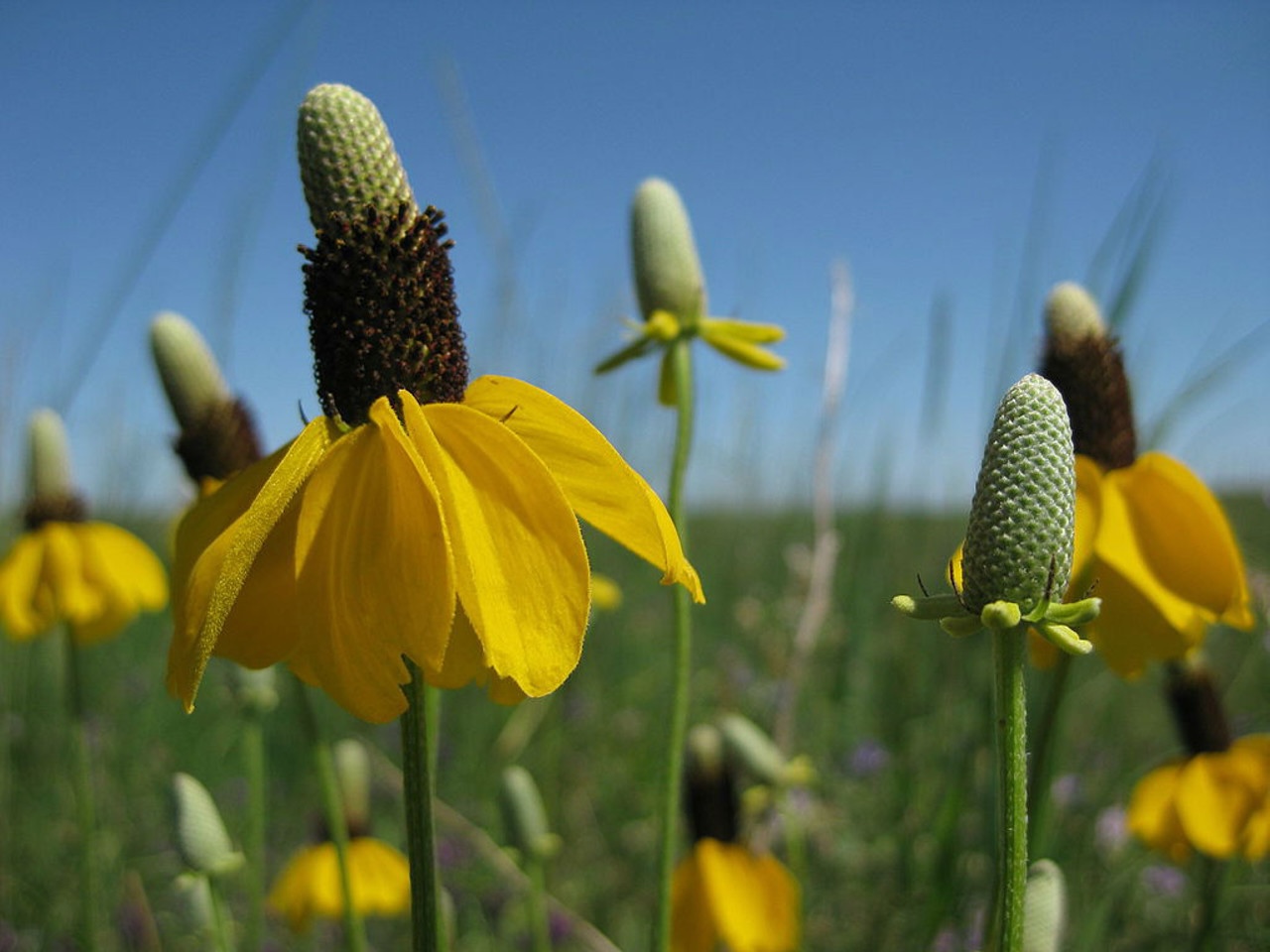
Ratibida, commonly known as prairie coneflower, is a fascinating plant native to North America. Ever wondered what makes this wildflower so special? Prairie coneflowers are not just pretty faces in the prairie; they play a crucial role in their ecosystem. These hardy plants thrive in tough conditions, making them perfect for gardens that need a splash of color without a lot of fuss. Their unique shape and vibrant colors attract pollinators like bees and butterflies, helping to support local wildlife. Plus, they have a rich history in traditional medicine. Ready to learn more? Here are 33 intriguing facts about Ratibida that will make you appreciate this resilient plant even more!
Ratibida: A Glimpse into the Genus
Ratibida, often known as prairie coneflowers, are charming wildflowers native to North America. They are beloved for their unique appearance and resilience. Let's dive into some fascinating facts about these intriguing plants.
-
Ratibida belongs to the Asteraceae family, which includes daisies and sunflowers.
-
There are five recognized species within the Ratibida genus.
-
Ratibida columnifera, commonly called the Mexican Hat, is the most well-known species.
-
These plants are perennial, meaning they live for more than two years.
-
Ratibida flowers have a distinct cone-shaped center, surrounded by drooping petals.
Habitat and Growth Conditions
Understanding where and how Ratibida thrives can help in appreciating their beauty and resilience.
-
Ratibida is native to prairies and open woodlands in North America.
-
They prefer well-drained soils and can tolerate drought conditions.
-
Full sun is ideal for their growth, although they can manage in partial shade.
-
Ratibida can grow in poor soil conditions, making them hardy and adaptable.
-
They are often found in disturbed areas, such as roadsides and fields.
Unique Characteristics
Ratibida plants have several unique traits that set them apart from other wildflowers.
-
The flowers can reach up to 3 feet in height, creating a striking visual in gardens.
-
Their petals can be yellow, red, or a combination of both, adding vibrant colors to landscapes.
-
The central cone of the flower is elongated, giving it a distinctive look.
-
Ratibida has a long blooming period, typically from early summer to fall.
-
The flowers are known for their pleasant fragrance, attracting pollinators like bees and butterflies.
Ecological Importance
Ratibida plays a significant role in its ecosystem, contributing to biodiversity and supporting wildlife.
-
These plants are crucial for pollinators, providing nectar and pollen.
-
They help in soil stabilization, preventing erosion in their native habitats.
-
Ratibida serves as a food source for various insects, including caterpillars and beetles.
-
Birds often feed on the seeds, aiding in seed dispersal.
-
They contribute to the biodiversity of prairies, supporting a variety of plant and animal life.
Cultivation and Uses
Ratibida is not only valued in the wild but also cultivated for various purposes.
-
Gardeners appreciate Ratibida for its low maintenance and drought tolerance.
-
They are often used in wildflower gardens and naturalized areas.
-
Ratibida can be grown from seeds, making propagation easy.
-
These plants are sometimes used in prairie restoration projects, helping to rebuild native ecosystems.
-
They can also be used in cut flower arrangements, adding a rustic charm.
Interesting Tidbits
Here are some lesser-known facts that make Ratibida even more fascinating.
-
The name "Ratibida" is derived from a Native American word, reflecting its cultural significance.
-
Ratibida columnifera is sometimes called "Thimbleflower" due to its shape.
-
These plants are deer-resistant, making them ideal for areas with high deer populations.
-
Ratibida can be used in xeriscaping, a landscaping method that reduces the need for irrigation.
-
They have been used in traditional medicine by Native American tribes for various ailments.
Conservation Status
Understanding the conservation status of Ratibida helps in protecting these valuable plants.
-
Most Ratibida species are not considered endangered, but habitat loss poses a threat.
-
Conservation efforts focus on preserving prairies and open woodlands, their natural habitats.
-
Planting Ratibida in gardens can support their conservation, providing habitats for pollinators and other wildlife.
The Final Petals
Ratibida columnifera, or Mexican Hat, is more than just a pretty face in the garden. This resilient wildflower, with its unique sombrero-like blooms, thrives in various conditions and attracts pollinators like bees and butterflies. Its deep roots make it drought-tolerant, a perfect choice for low-maintenance gardens. Beyond its beauty, it has historical significance, used by Native Americans for medicinal purposes.
Planting this flower not only adds vibrant color but also supports local ecosystems. It's easy to grow, requiring minimal care once established. Whether you're a seasoned gardener or a newbie, Ratibida columnifera offers a rewarding experience.
So, next time you're planning your garden, consider adding this versatile and hardy plant. You'll be contributing to biodiversity while enjoying its cheerful presence. Happy gardening!
Was this page helpful?
Our commitment to delivering trustworthy and engaging content is at the heart of what we do. Each fact on our site is contributed by real users like you, bringing a wealth of diverse insights and information. To ensure the highest standards of accuracy and reliability, our dedicated editors meticulously review each submission. This process guarantees that the facts we share are not only fascinating but also credible. Trust in our commitment to quality and authenticity as you explore and learn with us.
